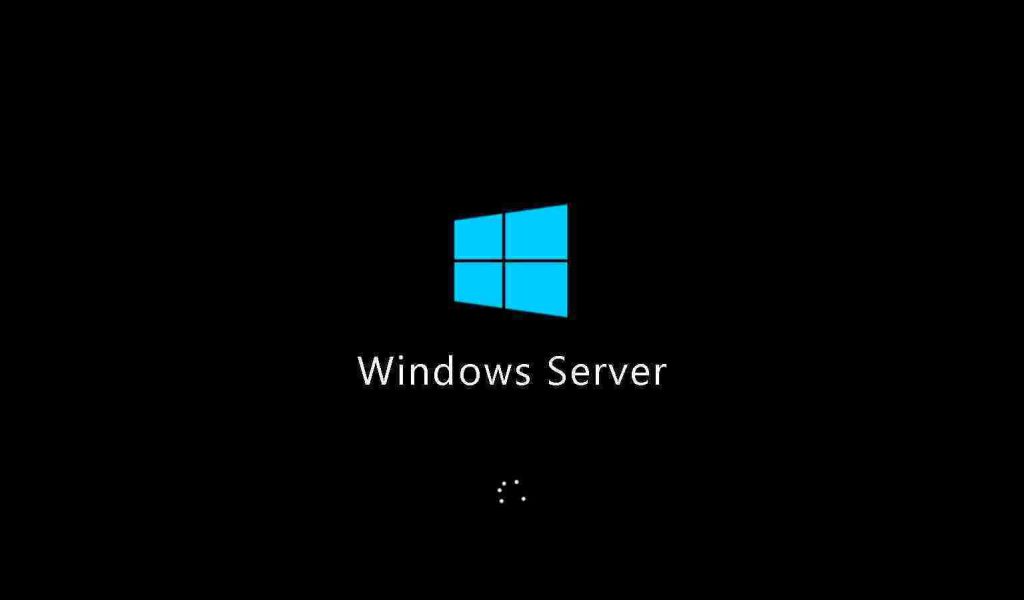KEEP IN TOUCH
Subscribe to our mailing list to get free tips on Data Protection and Cybersecurity updates weekly!







Microsoft says Windows admins can now opt into automatic updates for .NET Framework and .NET Core via Microsoft Update (MU) on Windows Server systems.
The new option has started rolling out today, and once you opt-in, it will add .NET Core 3.1, .NET 5.0, and .NET 6.0 to the Automatic Updates channel as a third option on top of Windows Server Update Services (WSUS) and Microsoft Update Catalog.
“We’re excited to announce that starting April 2022, we will be making monthly updates for modern .NET (.NET Core) available for server operating systems via Microsoft Update (MU) on an opt-in basis,” explained Jamshed Damkewala, a .NET Principal Engineering Manager at Microsoft.
Also Read: Ransomware threats and how small businesses can fight them
“If you do not want to have your servers updated automatically for you no action is required. There is no change for client operating systems which will continue to receive updates via Automatic Updates, WSUS, and MU Catalog as earlier.”
This new option has been added for customers asking for a way to install .NET updates without using a deployment tool, just as on Windows client platforms.
Making it an opt-in change will allow admins to choose their preferred method of keeping server operating systems up to date, depending on their deployment approach.
You can opt-in for .NET automatic updates on Windows Server by setting registry keys listed in the table below (manually or with the help of Group Policy as detailed here).
| .NET Version | Registry Key | Name | Value |
| ALL | [HKEY_LOCAL_MACHINESOFTWAREMicrosoft.NET] | “AllowAUOnServerOS” | dword:00000001 |
| .NET 6.0 | [HKEY_LOCAL_MACHINESOFTWAREMicrosoft.NET6.0] | “AllowAUOnServerOS” | dword:00000001 |
| .NET 5.0 | [HKEY_LOCAL_MACHINESOFTWAREMicrosoft.NET5.0] | “AllowAUOnServerOS” | dword:00000001 |
| .NET 3.1 | [HKEY_LOCAL_MACHINESOFTWAREMicrosoft.NET3.1] | “AllowAUOnServerOS” | dword:00000001 |
“We’re excited to start delivering updates for modern .NET to server operating systems via Microsoft Update on an opt-in basis and look forward to your feedback on this experience,” Damkewala added.
In December 2020, following customer requests, Microsoft first started delivering .NET and .NET Core updates on Windows via Microsoft Update (via WSUS and MU Catalog for server OS and Automatic Updates for client OS).
Also Read: 10 most notable data breach cases in 2021
In early April 2022, the company reminded customers that multiple .NET Framework versions (i.e., 4.5.2, 4.6, and 4.6.1) signed using the insecure Secure Hash Algorithm 1 (SHA-1) will reach their end of life at the end of the month.
Redmond is also planning to roll out in July 2022 a new Windows Autopatch service that will automatically keep Windows and Office software up to date for Microsoft customers with a Windows 10/11 Enterprise E3 or above license.